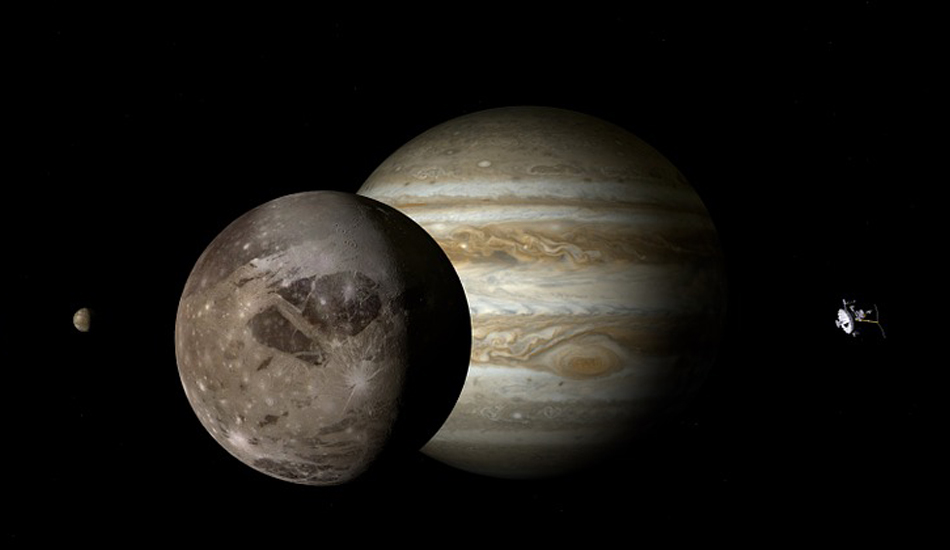cassini spacecraft, nasa, saturn's rings, space exploration
Southwest Research Institute scientists have compiled 41 solar occultation observations of Saturn’s rings from the Cassini mission. The compilation, published recently in the scientific journal Icarus, will inform future investigations of the particle size distribution and composition of Saturn’s rings, critical elements to understanding their formation and evolution. Dr. Stephanie Jarmak, a researcher in the ...
Far below the gaseous atmospheric shroud on Saturn’s largest moon, Titan, lies Kraken Mare, a sea of liquid methane. Cornell astronomers have estimated Titan’s largest sea to be at least 1,000 feet deep near its center — enough room for a potential robotic submarine to explore. After sifting through data from one of the final Titan flybys of ...
Researchers recently discovered a 3900-mile-long ice corridor on Saturn’s largest moon Titan. The geological formation length is roughly 40 percent of Titan’s circumference. The structure was identified by scientists using data recorded by NASA’s Cassini spacecraft. Titan’s ice corridor Studying Titan’s surface is usually a difficult task since the moon is covered with several layers ...






